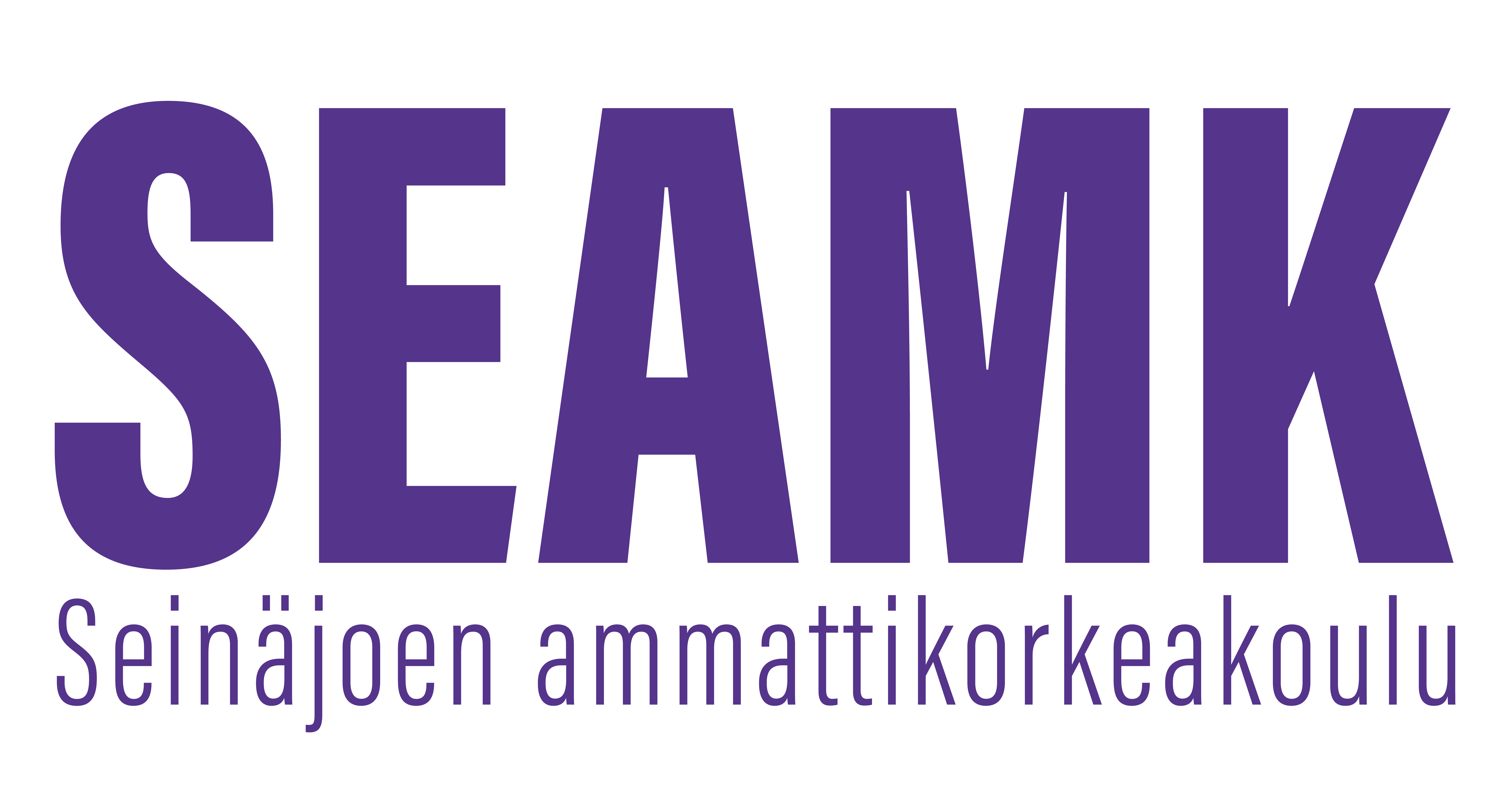Mekaniikka (3op)
Toteutuksen tunnus: KC00CB59-3020
Toteutuksen perustiedot
- Ilmoittautumisaika
- 01.08.2025 - 30.04.2026
- Ilmoittautuminen toteutukselle on käynnissä.
- Ajoitus
- 01.09.2025 - 31.05.2026
- Toteutus on käynnissä.
- Opintopistemäärä
- 3 op
- Lähiosuus
- 0 op
- Virtuaaliosuus
- 3 op
- Toteutustapa
- Etäopetus
- Toimipiste
- SeAMK Seinäjoki, Frami
- Opetuskielet
- suomi
- Paikat
- 0 - 100
- Koulutus
- Insinööri (AMK), Konetekniikka
- Opettajat
- Jarno Arkko
- Vastuuopettaja
- Jarno Arkko
- Ajoitusryhmät
- Avoin AMK (Ei koske tutkinto-opiskelijaa) (Koko: 50 . Avoin AMK : 50.)
- Pienryhmät
- Avoin AMK (Ei koske tutkinto-opiskelijaa)
- Opintojakso
- KC00CB59
Arviointiasteikko
1-5
Sisällön jaksotus
Fysiikan perusteet
Yksiköt ja suureet
Liikkeen tarkastelu
Newtonin lait ja voimat
Energian tarkastelu
Pyörimisliike
Tavoitteet
Opintojakson suoritettuaan opiskelija
- osaa mekaniikan ilmiöiden kuvaamisessa käytetyt suureet, käsitteet ja yksiköt
- osaa kuvailla todellisen mekaanisen ilmiön pelkistettynä mallina suureyhtälöä käyttäen sekä skalaari- että vektorimuodossa
- osaa tulkita fysikaalista mallia likimääräisenä kuvauksena todellisesta ilmiöstä
- osaa tulkita mekaniikan mallit tekniikan välttämättöminä reunaehtoina
- osaa analysoida kappaleiden ja nesteiden käyttäytymistä ja ymmärtää luonnontieteiden empiirisen luonteen
- osaa arvioida omaa mekaniikan osaamistaan sekä soveltaa tietojaan ja taitojaan myöhemmissä tekniikan opinnoissaan
Sisältö
- Kinematiikka
- Newtonin lait
- Työ, teho, energia
- Impulssi, liikemäärä
- Pyörimisliike ja jäykän kappaleen mekaniikka
Oppimateriaalit
Ammattikorkeakoulun fysiikan oppikirjat. Esimerkiksi Insinöörin (AMK) Fysiikka osa 1 (Lahden teho-opetus) tai vastaava.
Opetusmenetelmät
Luentotallenteet sekä laskuharjoitukset
Tenttien ajankohdat ja uusintamahdollisuudet
Online tentti omaan tahtiin kuukauden suoritusvälein.
Opiskelijan ajankäyttö ja kuormitus
Työmäärä yhteensä: noin 80 h
Arviointikriteerit, tyydyttävä (1)
Tyydyttävä (1-2): Opiskelija tuntee ja hallitsee tyydyttävässä määrin mekaniikan peruskäsitteet ja menetelmät sekä kykenee soveltamaan niitä tavanomaisten ongelmien ratkaisemisessa.
Arviointikriteerit, hyvä (3)
Hyvä (3-4): Opiskelija tuntee hyvin mekaniikkaan liittyvät peruskäsitteet ja menetelmät sekä kykenee soveltamaan niitä erityyppisten ongelmien ratkaisemisessa. Hän kykenee yhdistämään oppimaansa aiempiin kokemuksiinsa aihepiiristä.
Arviointikriteerit, kiitettävä (5)
Kiitettävä (5): Opiskelija tuntee kiitettävästi mekaniikkaan liittyvät käsitteet ja menetelmät sekä kykenee soveltamaan niitä monipuolisesti erityyppisten kysymysten ja ongelmien ratkaisemisessa. Hän on osoittanut kykyä luoda aihepiirin puitteissa uusia merkityksiä sekä osoittaa innovatiivisuutta oppimaansa soveltaen.
Esitietovaatimukset
Algebra ja geometria
